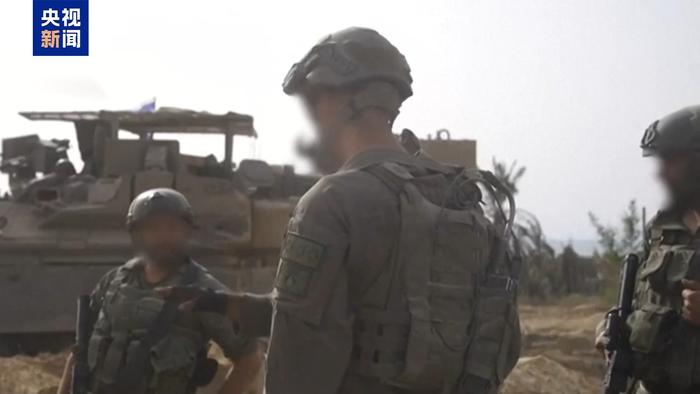

On the 9th local time, the round of ceasefire negotiations in the Gaza Strip, currently taking place in Doha, the capital of Qatar, entered a new phase. The negotiation teams from Israel and the Palestinian Islamic Resistance Movement (Hamas) held closed-door talks for four days without achieving any breakthroughs.
The current round of negotiations was conducted behind closed doors, with neither side releasing much official news about the progress of the talks. However, according to information disclosed by officials from all parties to the media, up to now, Israel and Hamas have made only slight progress on certain issues related to humanitarian aid and Israel’s withdrawal from the Gaza Strip, but they have not been able to achieve a breakthrough, and the deadlock in the negotiations has not been broken.
A Palestinian official told the media that the Israeli negotiation team did not receive sufficient authorization to make decisions on matters related to the negotiations, stating that they “listen attentively but do not negotiate,” and all issues need to be discussed with Israeli domestic officials. This official accused the Israeli side of attempting to block agreement through this means.
Three core issues became the “stumbling blocks” in the negotiations.
According to analysis, the main sticking points in the current negotiations are three. Firstly, Hamas demands that the distribution of humanitarian aid in the Gaza Strip be managed by international organizations and institutions such as the United Nations, while Israel insists on the so-called “Gaza Humanitarian Foundation,” which is supported by the US and Israel, leading the distribution.
Secondly, Hamas insists on the complete withdrawal of Israeli forces from the Gaza Strip and demands an explicit timetable for the Israeli military’s departure from areas such as the “Mouraq Corridor,” “Philadelphia Corridor,” and Rafah. However, Israel hopes to retain troops in areas like the “Morgan Corridor,” “Federal Corridor,” and “Lafayette Corridor” in the Gaza Strip.
The previous Israeli proposal for redeployment in the Gaza Strip faced strong opposition from Hamas, who submitted a new plan on the 9th. According to the new plan, Israeli forces will withdraw from some parts of the Gaza Strip during the proposed 60-day ceasefire period.
Hamas demanded that the mediator commit to ensuring the continuation of the ceasefire if no agreement is reached within 60 days, and the mediator should continue negotiations. However, according to the “Israel Times,” the US informed Qatar that although the US opposes Israel restarting military operations after 60 days of ceasefire, it does not intend to constrain Israel in the text of the ceasefire agreement for political reasons.
Both sides expressed positive attitudes but still had differences.
Although the negotiations stalled, both parties made relatively positive statements on the 9th. High-ranking Hamas official Tasher Nuh stated that Hamas demonstrated great flexibility in the negotiations and is actively cooperating with the mediator.
He mentioned that Hamas has agreed to release 10 Israeli detainees during the ceasefire period and hopes to achieve a ceasefire in the Gaza Strip and ensure smooth access to humanitarian aid supplies.
On the 9th, the Israeli Foreign Ministry issued a statement saying that Israeli Foreign Minister Yair Lapid stated that Israel is earnestly seeking an agreement to release detainees and achieve a ceasefire in the Gaza Strip.
If a temporary ceasefire is achieved, Israel will negotiate for a permanent ceasefire.